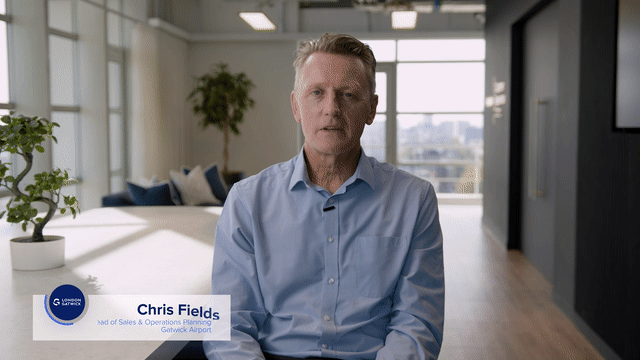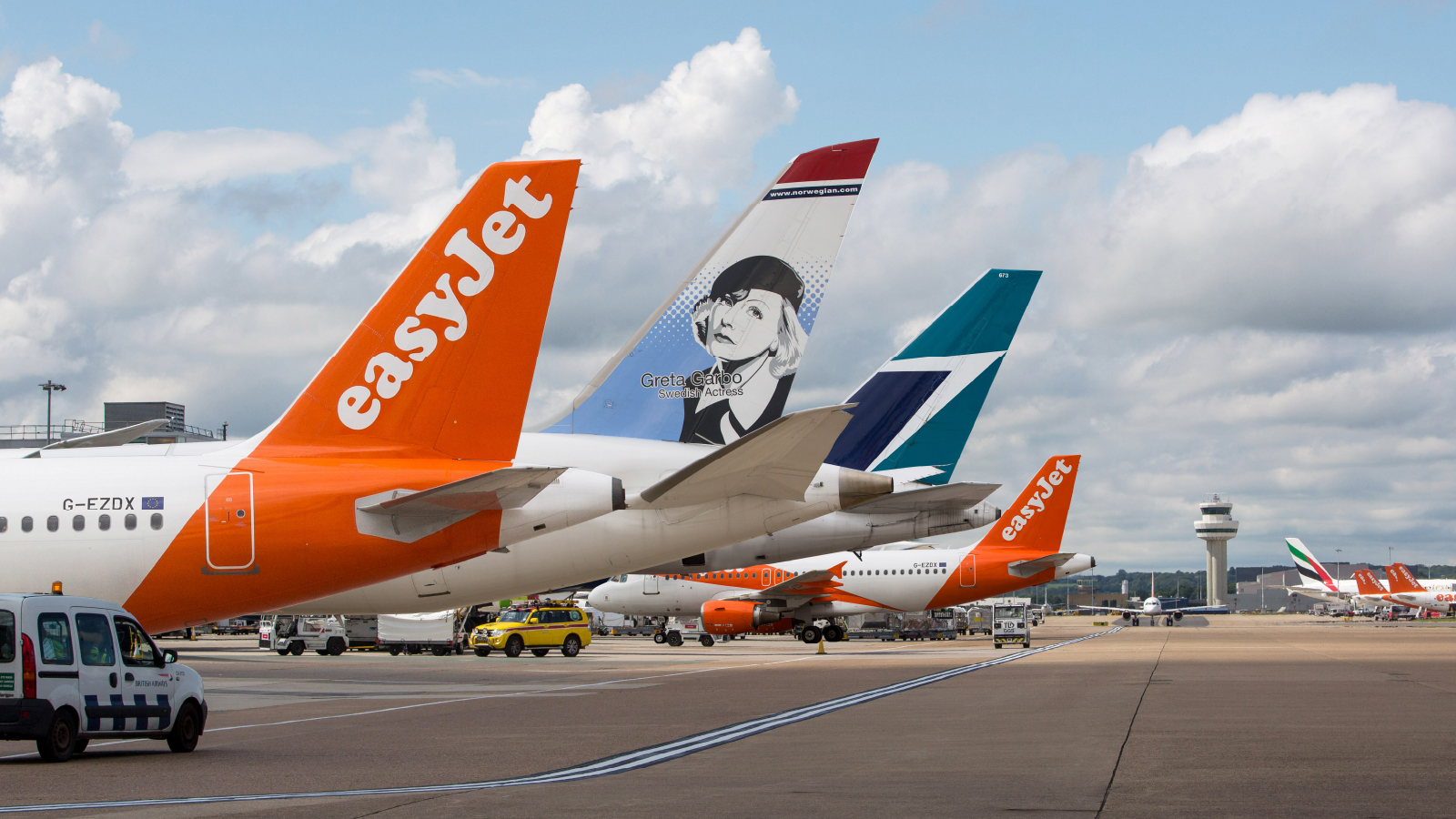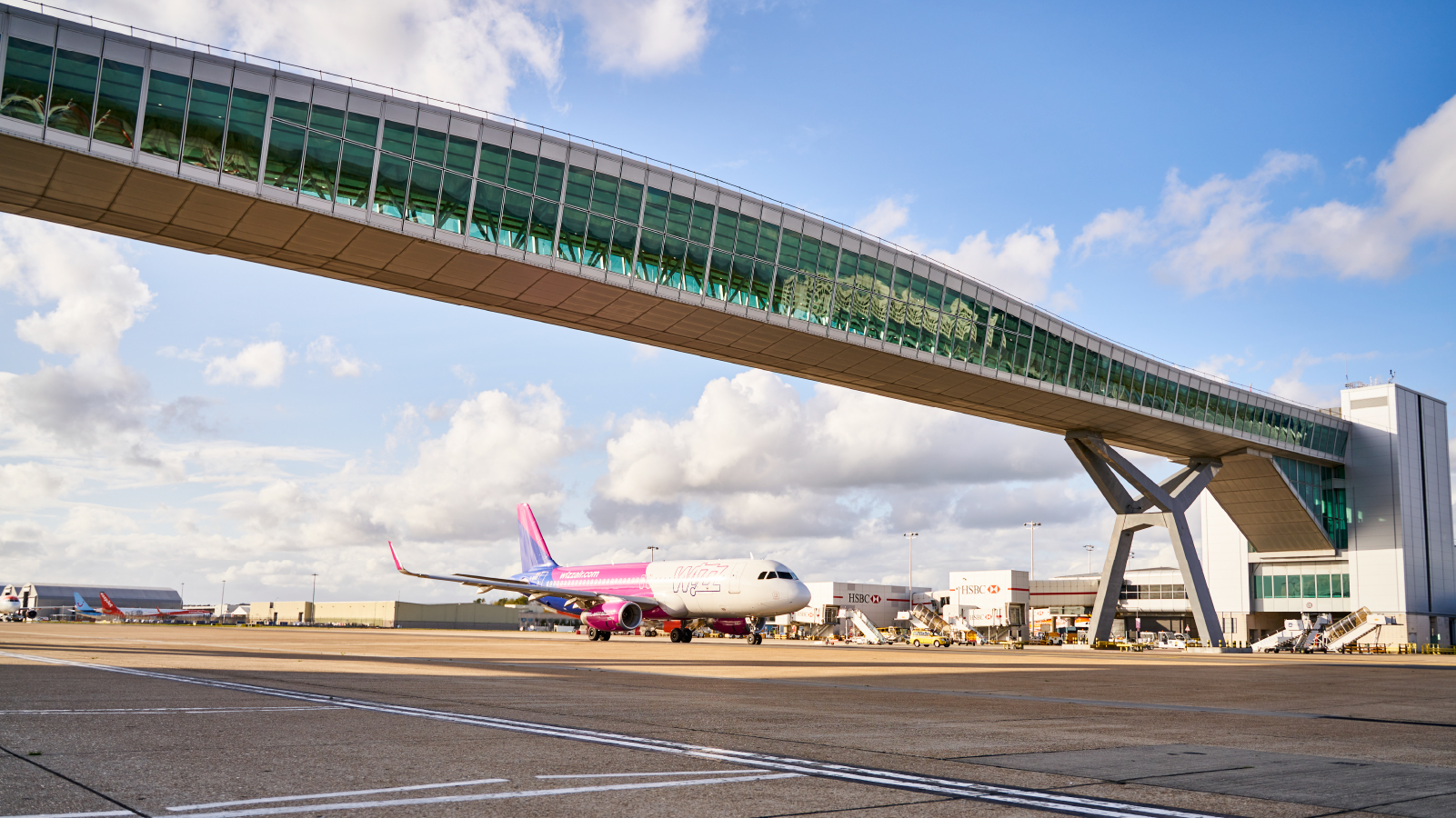Nearly 33 million people travelled through Gatwick Airport in 2022, and this figure will rise in the years ahead. Providing a trouble-free passenger experience at this scale requires coordinated efforts from many groups, including security personnel, baggage handlers, airlines, and air traffic controllers.
“One of the biggest challenges we face is making sure we have the right level of resources available to deliver on-time performance,” says Chris Fields, Head of Sales & Operations Planning at London Gatwick. “There are many different stakeholders whose efforts we need to coordinate so that passengers reach their destinations.”
London Gatwick used to build operational forecasts, profit and loss (P&L) statements, and capital plans manually in spreadsheets. “Forecasting manually took up to five days and we were hitting an accuracy rate of 89 percent on these reports,” Fields explains. “We needed to improve the accuracy and timeliness of our forecasts to enhance operational efficiency.”
Fueling operational flexibility
To maneuver away from manual forecasting, London Gatwick chose Anaplan as the engine to power its operational forecasting, CapEx planning, and more. The ability to bring in vast amounts of data from disparate systems was a decisive factor.
“Our operational plans consume data from across the business, including flight schedules and security gate systems,” continues Fields. “With Anaplan we can use all that data to build accurate models that forecast changes in passenger flow at 15-minute intervals. This enables us to quickly scale our resources as demand changes.”
Building upon its initial Anaplan deployment, London Gatwick has used the platform’s flexibility to expand into some novel use cases. "For example, we worked with Bedford Consulting to design an Anaplan model that helps us understand how passengers use our parking facilities," Fields says. "We use it to adjust car-park pricing daily for optimal revenue as demand changes, based on about 7,000 different data combinations. That flexibility is why Anaplan is the planning tool of choice at Gatwick Airport."
"Seeing the positive impact that Anaplan has had at Gatwick Airport — and being a part of that journey — has been incredibly rewarding," says Adam Hill, Chief Revenue Officer at Bedford Consulting. "Gatwick's ability to optimize resources, reduce costs, and predict passenger flow demonstrate the power of this collaborative approach."
CapEx projects — ranging from small refurbishments to complete runway resurfacing — are also planned and managed in Anaplan. “Cost data rolls up both at the project and program level, so we can seamlessly manage costs and respond when things start to go off track,” Fields says. “Previously, most of the month was taken up with just gathering data, but now the teams can focus on actions that will keep projects moving and under control.”
Taking efficiency to new heights
With Anaplan underpinning its planning and forecasting activities, London Gatwick has uncovered significant annual savings by optimizing its resources as passenger numbers fluctuate.
“With Anaplan we can create operational forecasts in just two and half days, while also achieving a forecast accuracy rate of at least 95 percent three weeks in advance of when the security rosters are set,” explains Fields. “We were able to identify a million pounds' worth of operational cost savings due to the level of accuracy we were getting and the confidence it gave.”
One of Fields’ team members even built an Anaplan model — playfully called the “Magic 8 Ball” — that helps the airport predict and respond to unexpected events that can create long queues of frustrated passengers. “We had some disruption earlier in the year when an airline’s self-service bag drop-off machines went down,” explains Fields. “We built a model in Anaplan that gave us the ability to adjust operations in response to sudden events.” When downtime or similar disruptions occur, the airport can adjust airline check-in desks, advise carriers how many stations to open, predict the impact on queue times, and understand the knock-on effect at security and in departure lounges. “Any queue that will get longer than five minutes shows up as red,” Fields continues. “This has made a massive difference to our operations team. They can advise ground handlers and airlines on how to minimize customer disruption.”
With precise forecasting like this, London Gatwick is planning ahead for airport growth with confidence. “We have ambitions to expand the airport and reach net zero carbon emissions by 2030,” comments Fields. “Using Anaplan will help us to stay on track to meet these goals and deliver excellent passenger experiences at the same time.”




